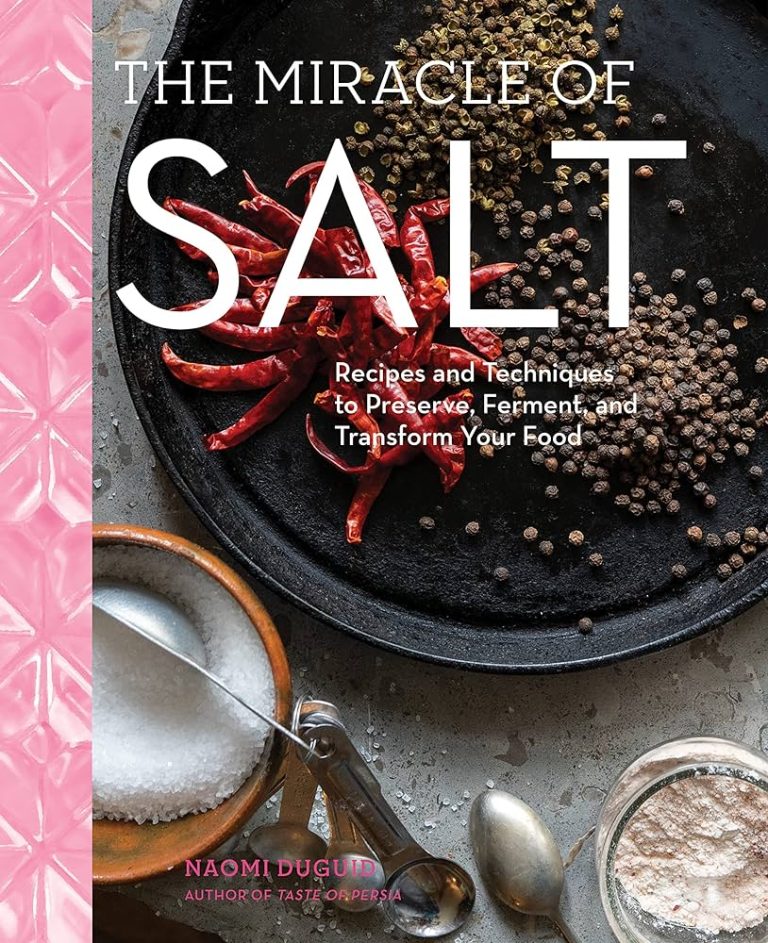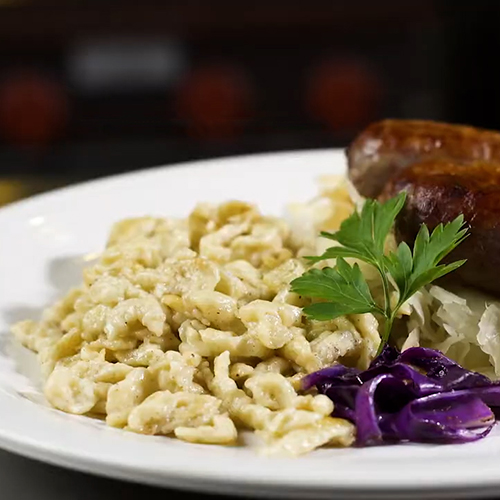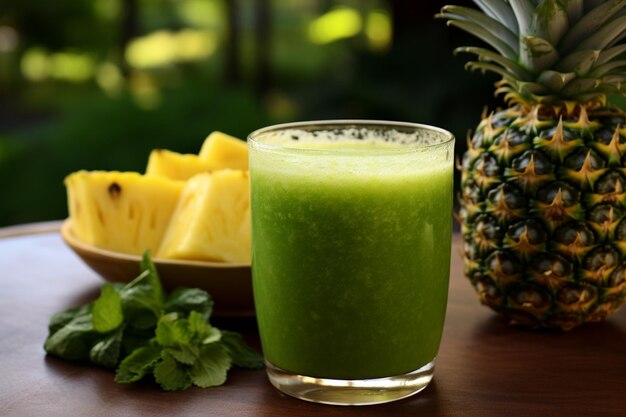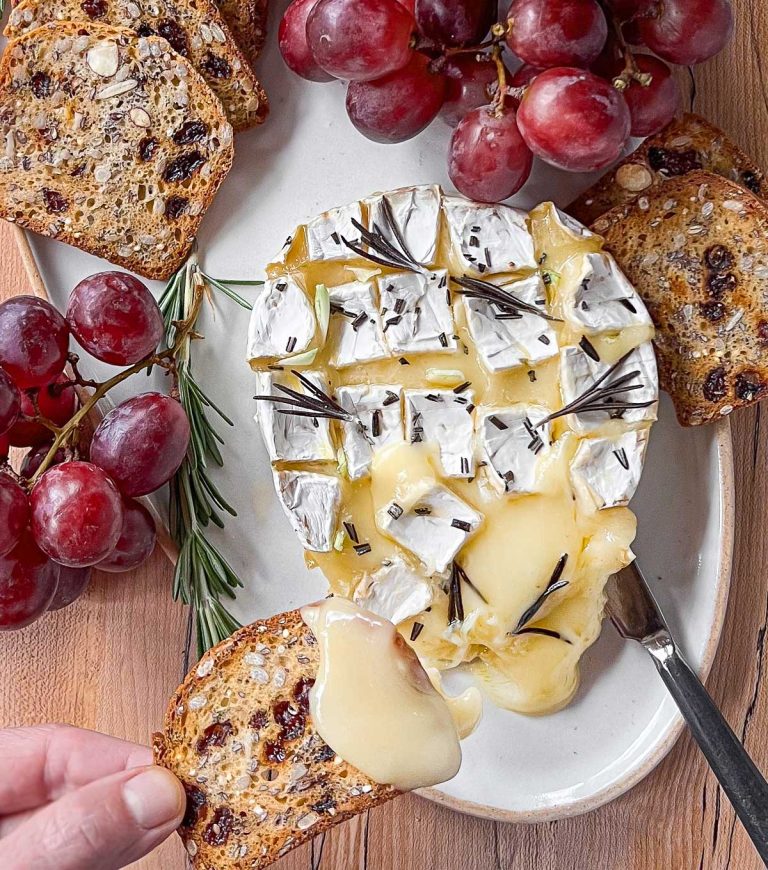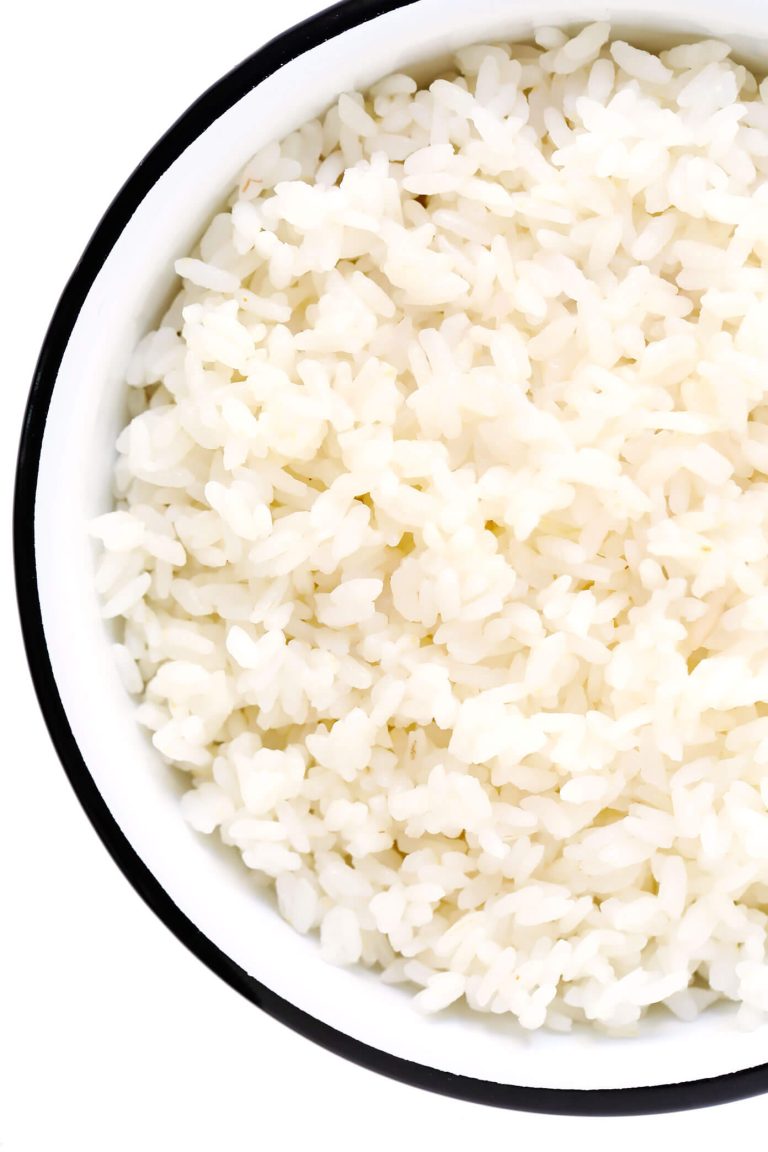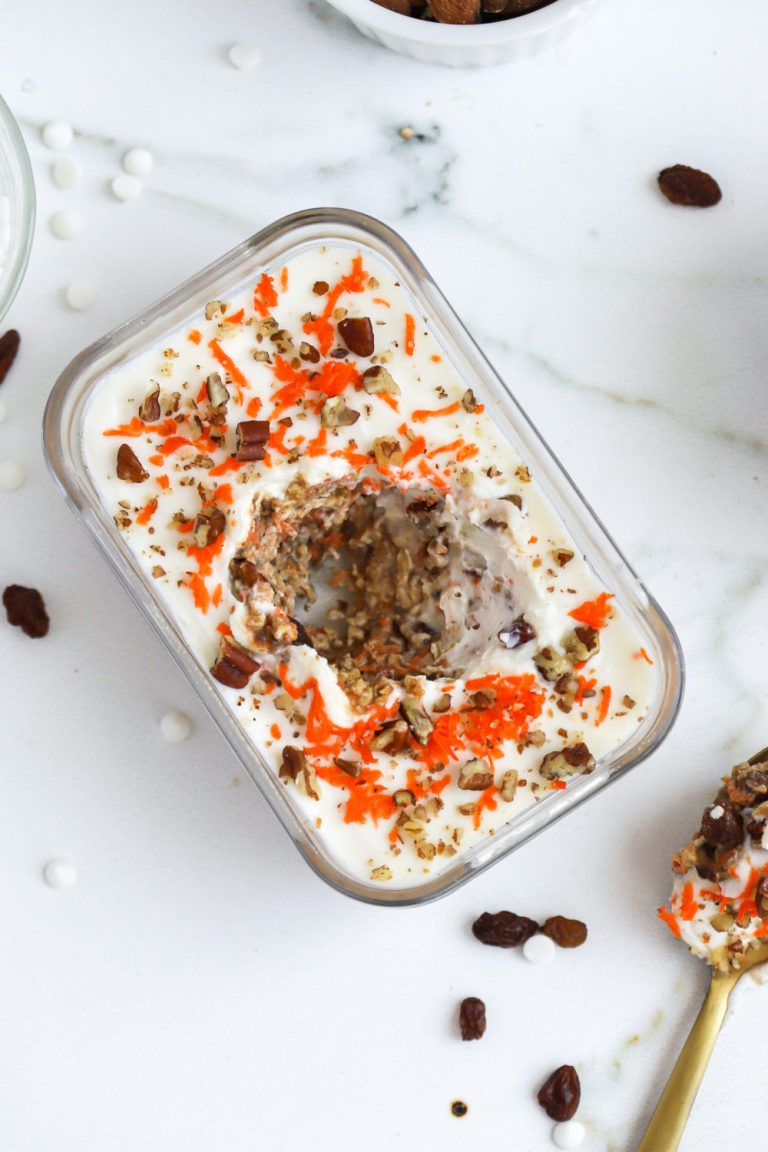Homestyle Hot Cocoa: Delicious Recipes, Health Benefits, and Customization Tips
Homestyle hot cocoa stands out for its rich, creamy texture. It typically combines high-quality cocoa powder, fresh milk, and sugar. Unlike store-bought mixes, this version often features real chocolate, creating a luxurious drink. Adding toppings like whipped cream, marshmallows, or a sprinkle of cinnamon enhances the experience. The preparation process, from heating the milk to achieving the perfect blend of ingredients, contributes to its comforting appeal.
Historical Background
Hot cocoa’s roots trace back to ancient Mesoamerican civilizations. Mayans and Aztecs enjoyed a bitter version made from ground cacao beans, water, and spices. When Spanish explorers brought cocoa to Europe in the 16th century, it underwent significant transformation. Europeans added sugar and milk, creating the sweeter variant we enjoy today. Over centuries, hot cocoa evolved, becoming a beloved household tradition, especially in colder climates.
Key Ingredients in Homestyle Hot Cocoa
Choosing the Right Chocolate
Selecting the right chocolate is crucial for creating authentic homestyle hot cocoa. High-quality cocoa powder, typically Dutch-processed, ensures a rich, smooth texture. Look for options with at least 20-24% cocoa butter. Dark chocolate, containing 60-70% cocoa solids, adds depth and complexity. You can also experiment with milk or even white chocolate for a milder taste. Always opt for chocolate that is free from additives and preservatives.
Sweeteners and Spices to Enhance Flavor
Sweeteners and spices play a vital role in refining the taste of your hot cocoa. Granulated sugar is commonly used, but alternatives like brown sugar or honey offer different flavor profiles. Brown sugar, for example, adds a caramel-like richness. For a more health-conscious option, consider coconut sugar or stevia.
Spices add warmth and complexity. Vanilla extract (1-2 teaspoons) complements the chocolate’s richness. Cinnamon, nutmeg, and cardamom (a pinch each) create aromatic undertones. For a unique twist, try cayenne pepper or chili powder, inspired by traditional Mesoamerican drinks.
Preparing Homestyle Hot Cocoa
Traditional Cooking Methods
Choosing traditional methods for preparing homestyle hot cocoa involves simple steps that ensure a rich and authentic flavor. Start by heating whole milk in a saucepan over medium heat. Once the milk is warm but not boiling, add high-quality cocoa powder and finely chopped real chocolate. Stir continually until the cocoa and chocolate fully dissolve, creating a smooth mixture. Incorporate a sweetener like brown sugar for added depth. Adjust sweetness gradually by tasting as you go. For extra creaminess, add a splash of heavy cream.
Modern Twists on the Classic Recipe
Innovating hot cocoa recipes can introduce new flavors and textures. Consider using alternative milks like almond, oat, or coconut for different taste profiles. Incorporate flavorings such as vanilla extract, peppermint oil, or caramel syrup. For a spicy kick, add a pinch of cayenne or chili powder. Experiment with toppings like whipped cream, marshmallows, or a drizzle of chocolate syrup. For a unique touch, add a spoonful of flavored liqueur like Baileys or Kahlua.
Health Benefits and Concerns
Nutritional Information
Homestyle hot cocoa offers several nutritional benefits. Cocoa powder contains antioxidants, flavonoids, and a small amount of caffeine, all beneficial for your health. One cup of homemade hot cocoa, made with whole milk, typically provides around 200 calories. It includes approximately 8 grams of protein, 9 grams of fat, and 26 grams of carbohydrates. Additionally, homemade versions may retain more nutrients from the real chocolate used compared to processed mixes.
Dietary Considerations
When making homestyle hot cocoa, consider any dietary restrictions. For those who are lactose intolerant, plant-based milks like almond, soy, or oat can be used as alternatives. Each milk type brings different nutritional profiles and flavors. People following a low-sugar diet might opt for natural sweeteners like stevia or eliminate added sugars altogether. Adding spices such as cinnamon or nutmeg enhances the flavor without increasing calories or sugar content. If you’re managing calorie intake, using skim milk or reducing the amount of chocolate can make your hot cocoa lighter while still delicious.
Conclusion
Creating homestyle hot cocoa allows you to enjoy a comforting and delicious beverage while controlling the quality and nutritional content. By choosing the best ingredients and customizing your recipe to suit your dietary needs, you can savor every sip guilt-free. Whether you’re using whole milk for a creamy texture or opting for almond milk to keep it light, the possibilities are endless. Experiment with different sweeteners and spices to find your perfect blend. Your homemade hot cocoa isn’t just a treat; it’s an experience that brings warmth and joy to your home.

